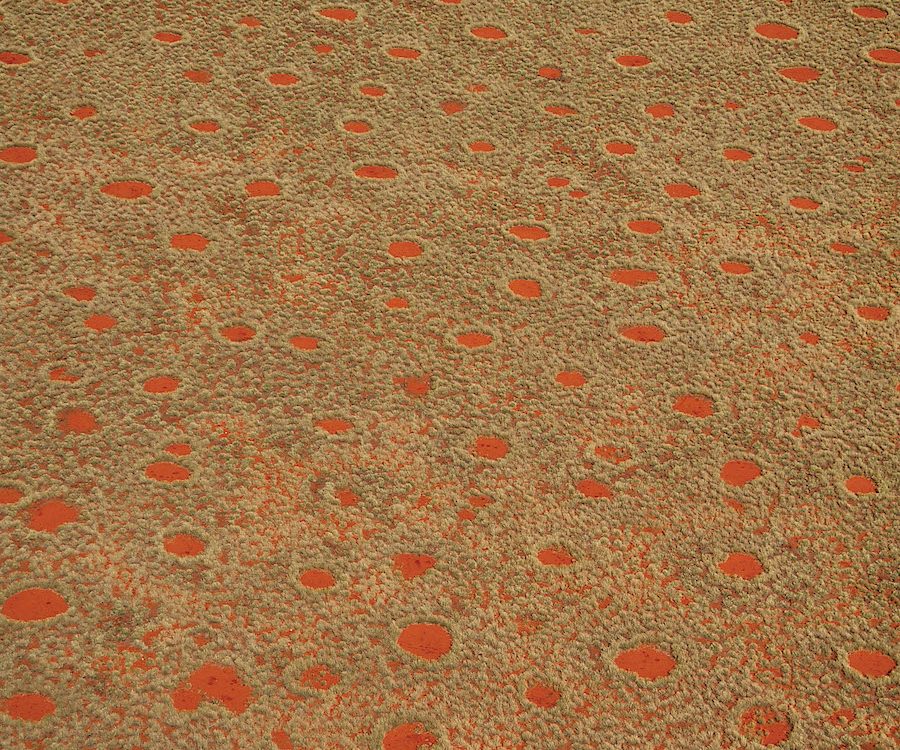Namibia in Winter – photography tips
May 16, 2013Rostock Fly-in – For the love of flying
May 16, 2013Text and photos by Ron Swilling
The sacred centre of a living baobab, where arboreal and divine energy mix together, is an experience in itself. It is no wonder that a few small benches and a lectern with a bible still remain in the core of the tree. Surrounded by the woody, organic body reaching around and above you into the blue sky with bursts of green leaves is a magical experience.
At the Ombalantu Baobab Tree Campsite in Outapi, north-central Namibia, it takes 25 people linking hands to circle its massive base.
It is a sanctuary, being historically a place of refuge for the Ombalantu people, who are said to have made a hole in its trunk and climbed down into its hollow depths during tribal wars and cattle skirmishes. It was later used as a post office and was recognised for its holy energy when it was turned into a chapel when the area became a South African military base.
Now a heritage site, the baobab tree is the centre of the small organised and immaculate campsite. Four sites surround the sacred tree, enjoying its shade, beauty and blessings. Situated on community land behind the brightly painted open market in Outapi, it is a pleasant stop with friendly hosts. A craft shop sells an assortment of community crafts ranging from baskets to wooden wine goblets, and traditional Owambo fishing baskets to necklaces and wooden commiphora pipes.
Various beliefs and stories are associated with the omukwa or baobab tree, from lingering spirits to origin fables. One of the favourites, which isn’t Owambo in origin, is that Tate Kalunga (Father God) made all things on this earth. He made man and woman, all the animals and the fishes of the sea. By the time he got to the trees, however, he was very tired and planted the baobab upside down in the ground, hence the root-like branches that extend into the sky.
It was time to visit with more ootate (fathers) at the Ombalantu Baobab, and Tate Ekanjo arrived in the morning to tell me about the history of the tree as he remembered it. With one of the staff translating into English from Oshimbalantu, Tate Ekanjo explained how the land of the baobab was once his family’s land. Born here, he grew up playing in the massive branches and eating the sour-tasting fruit. He told me that you have to climb the slippery tree barefoot and be careful not to stand on the thin fibrous branches that can easily break.
Mr Ekanjo, chairperson for the Ombalantu Baobab Tree community project, has spent most of his 69 years in Outapi. He said that this tree had been on their land since his father’s father, and his father’s father’s father, had lived there, the family moving to a nearby village when the South African army set up a base in the area. He continued that when the baobab flower opens, the nectar is sweet to drink and that the flesh of the fruit is good to heal the lining of the stomach.
The king of trees is protected in Namibia and the Ombalantu tree is hundreds of years old. Tate Ekanjo went home to collect a photograph of his late father and with it posed next to the ancient bark in remembrance of his beloved father and the giant tree.
The nights at the Ombalantu Baobab Tree, sleeping under its branches and starry sky, begin with the African beat of music from the town wafting through the campsite, and a few cars driving along the main road, and then on to silence. Magic is at work with its mystical methods. And in the morning, you want to, once again, spend a few moments in the special space inside the great tree, before you continue your journey across the north-central region. History intrudes, and you banish the spirits of the past for a while, to experience the core of a living tee, to sit in sacred silence with Tate Kalunga and honour the great spirit of the king of trees and life itself.
Flamingo February 2009




1 Comment
Thank you for this article. I have tried some of the baobab’s fruit and marveled at several of these amazing trees. Shade, shelter, a pharmacy and so much more–what a gift to the planet. Thank you, too, for caring for this special baobab!